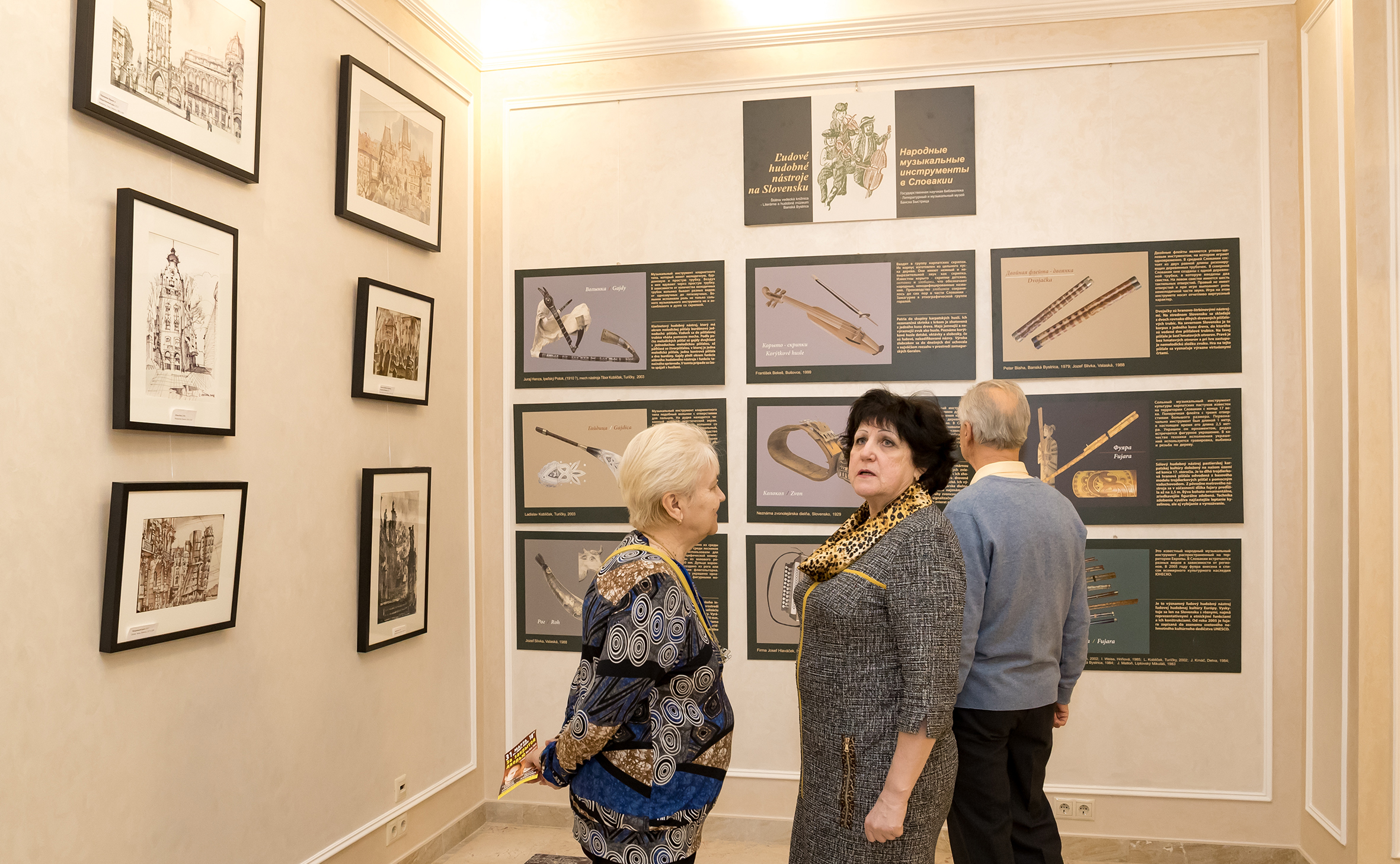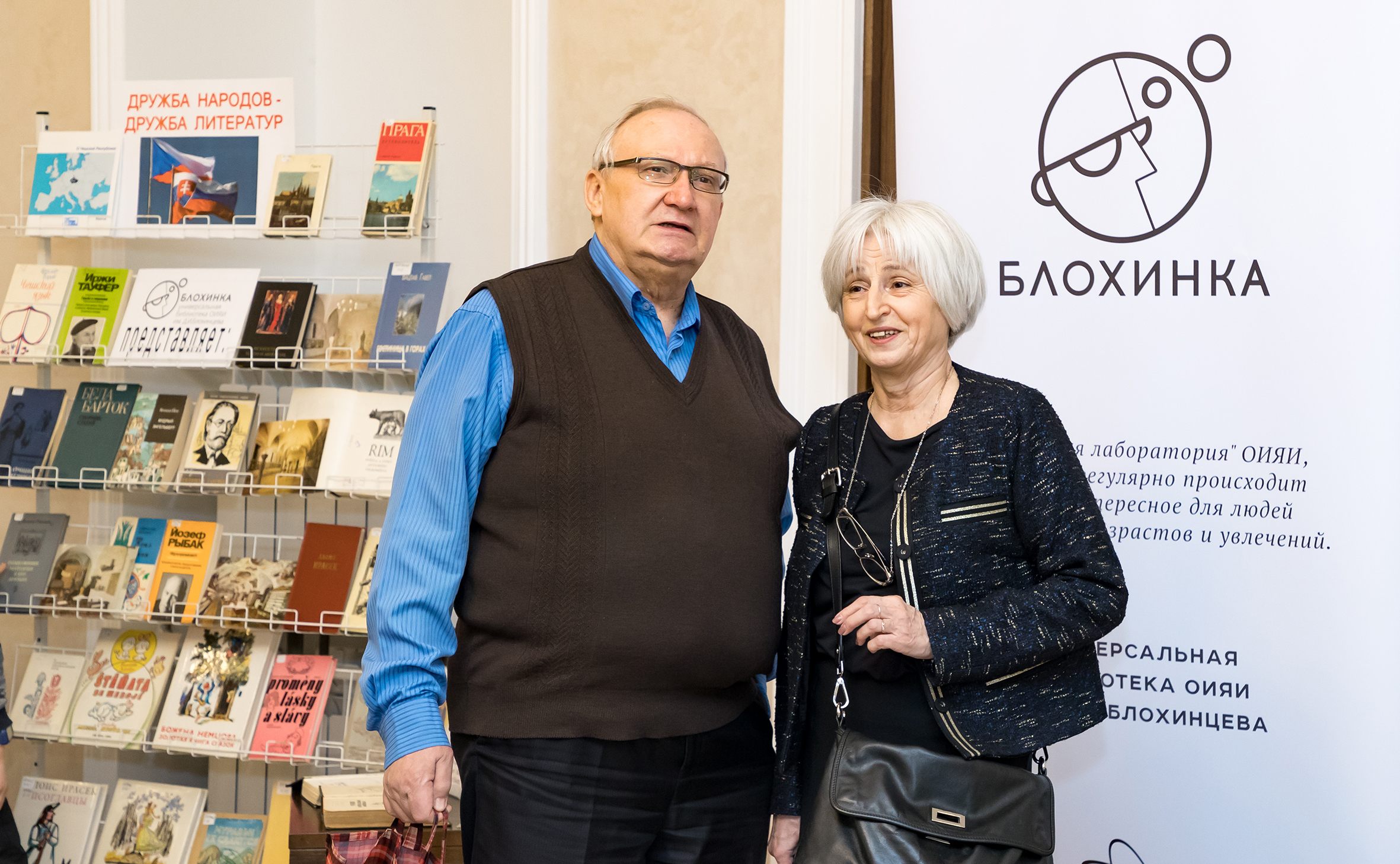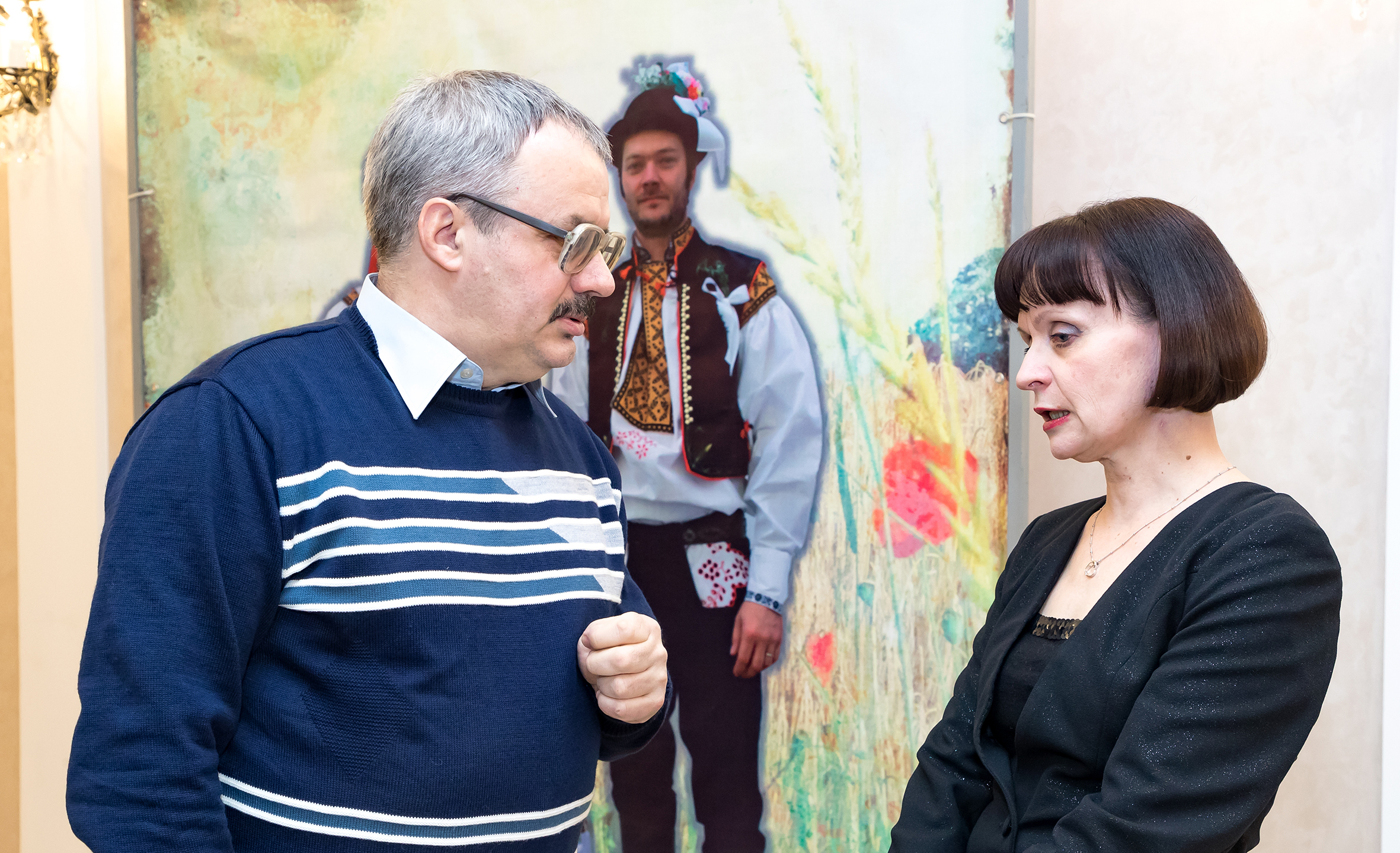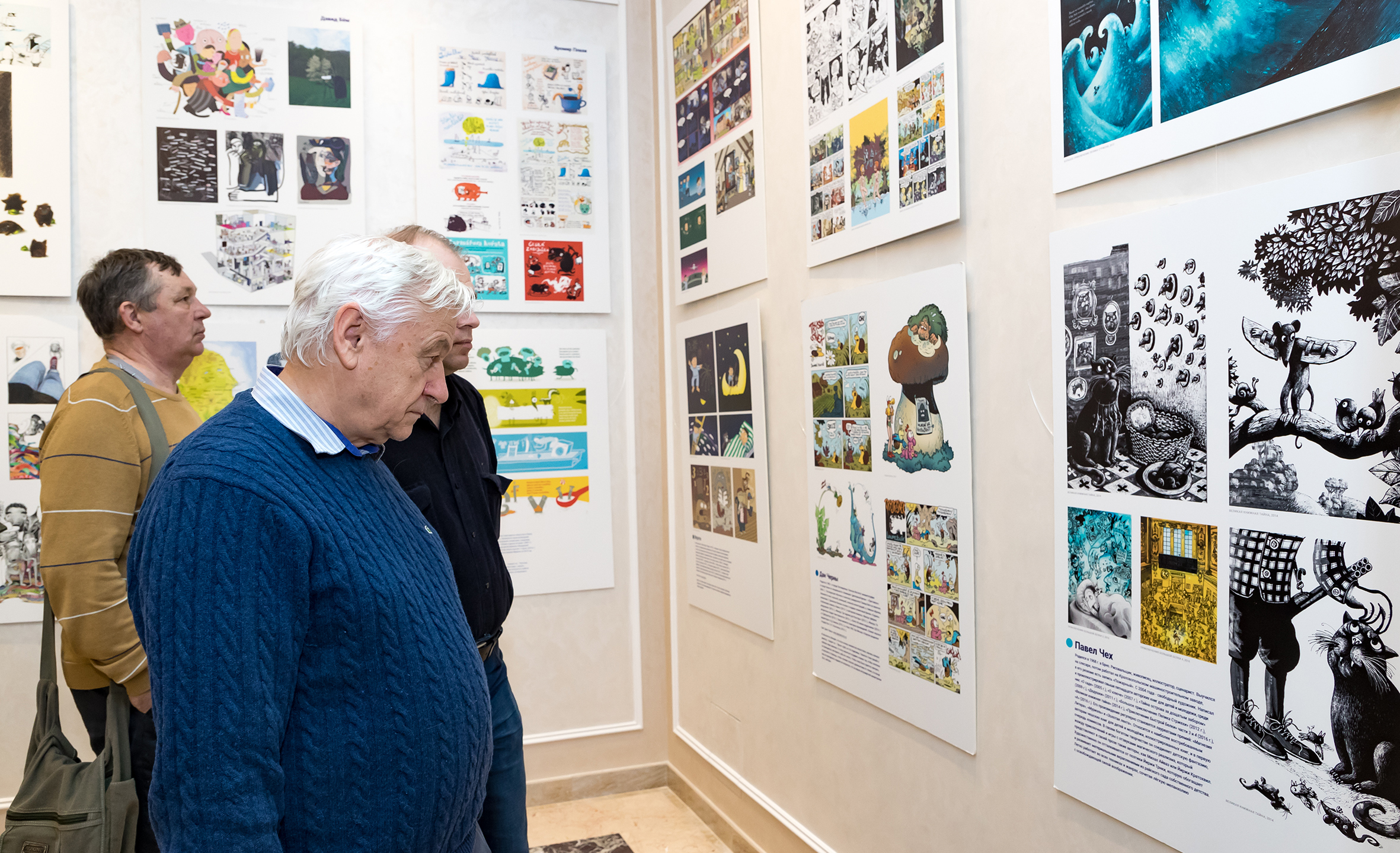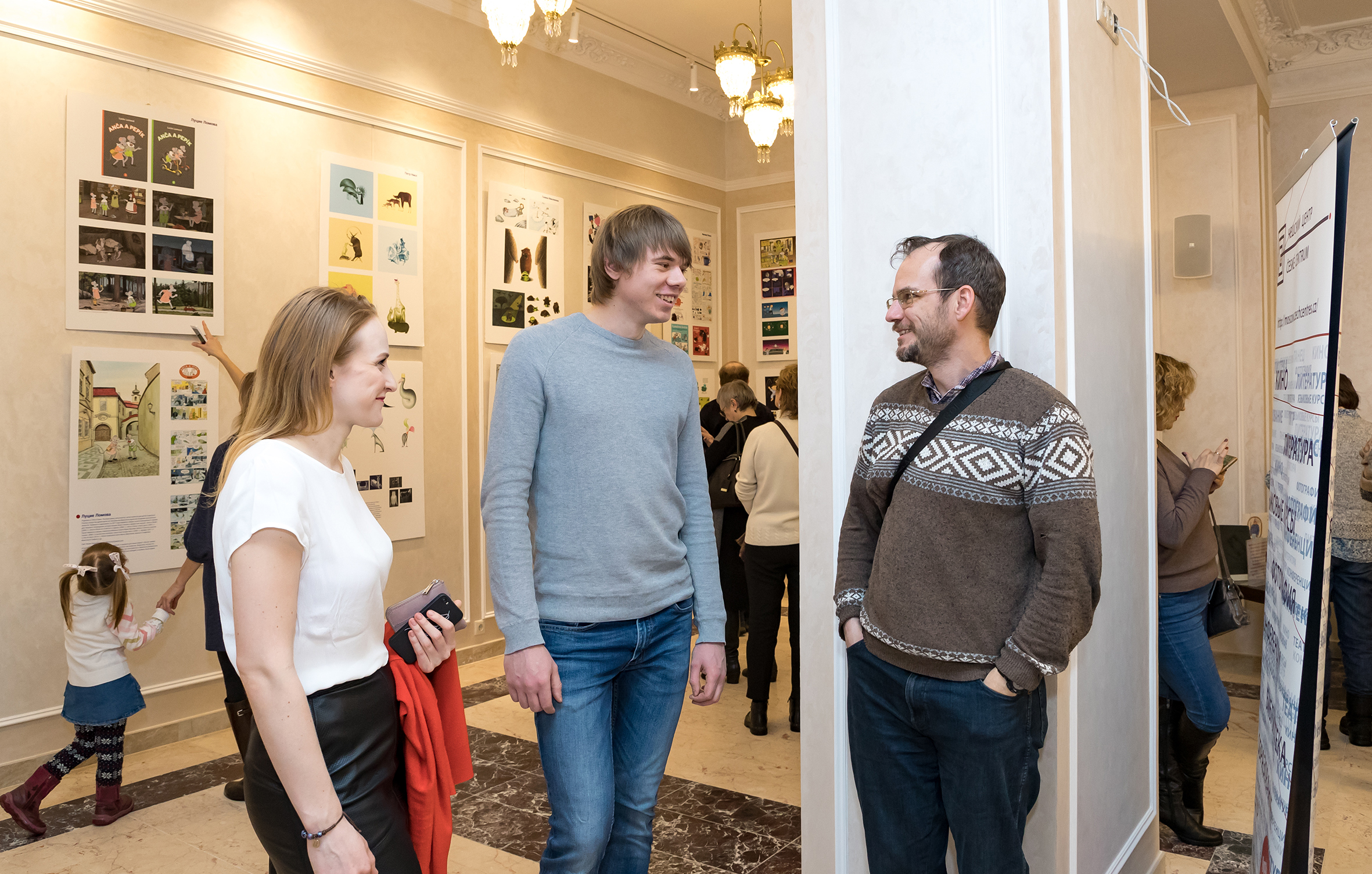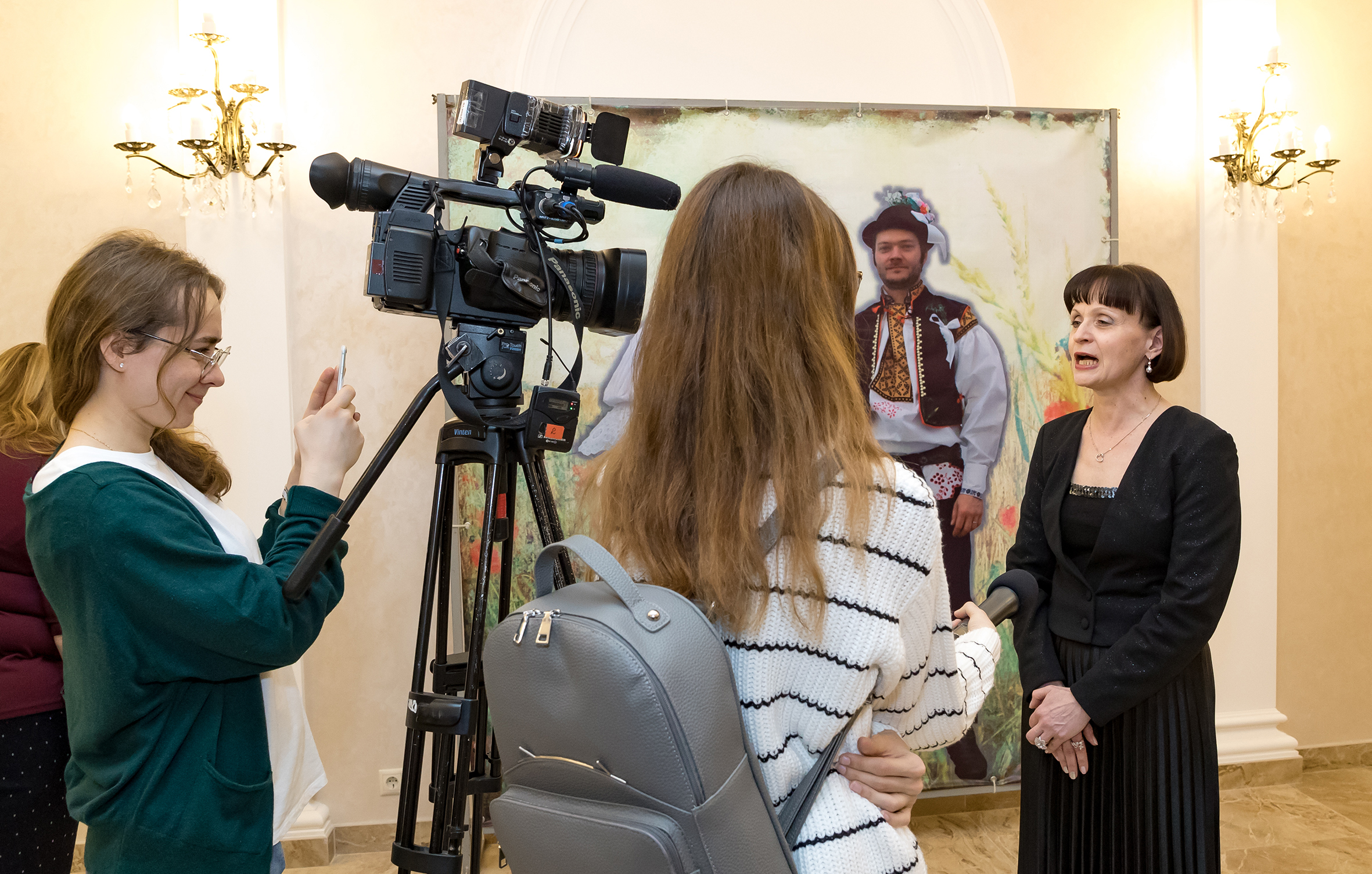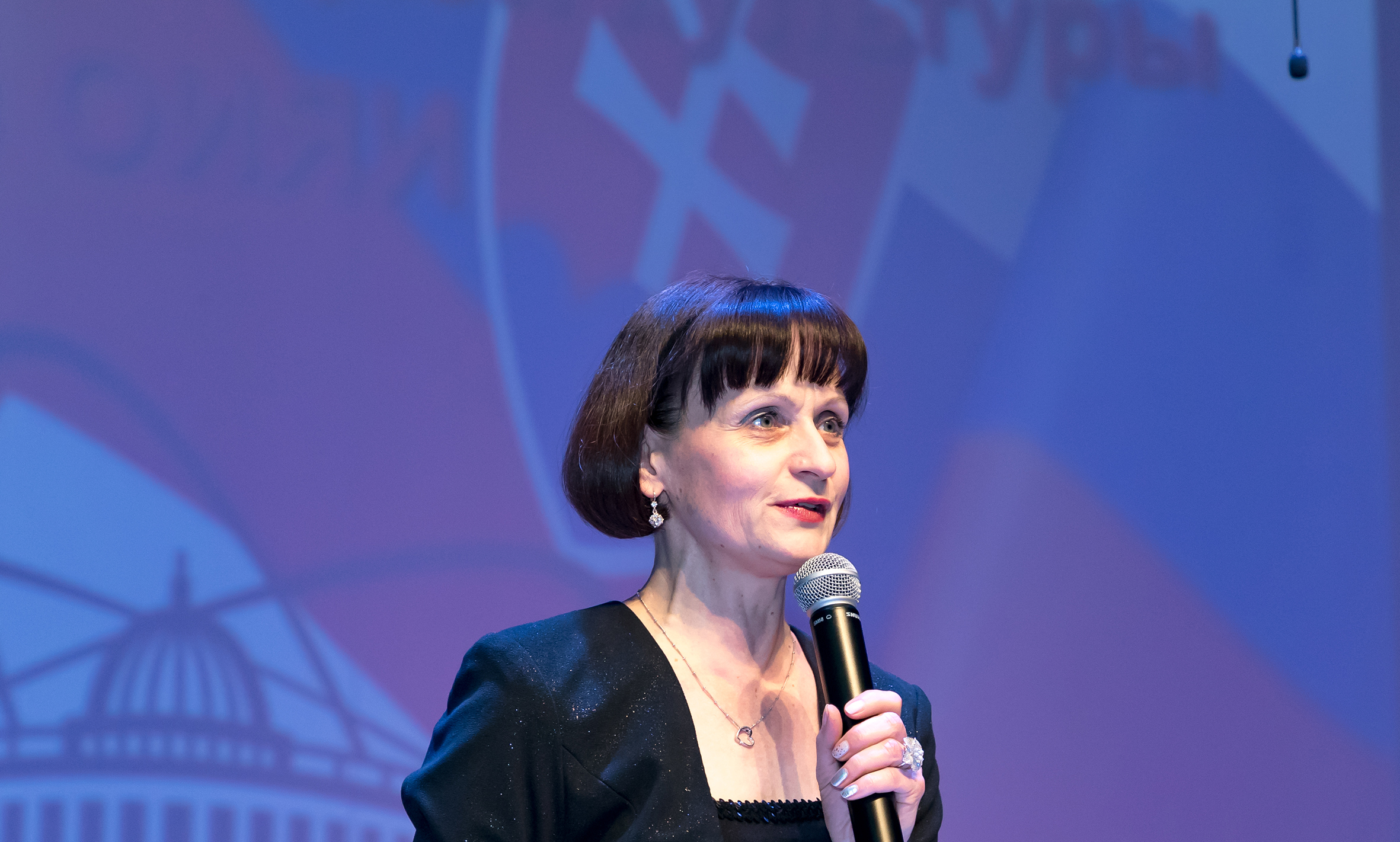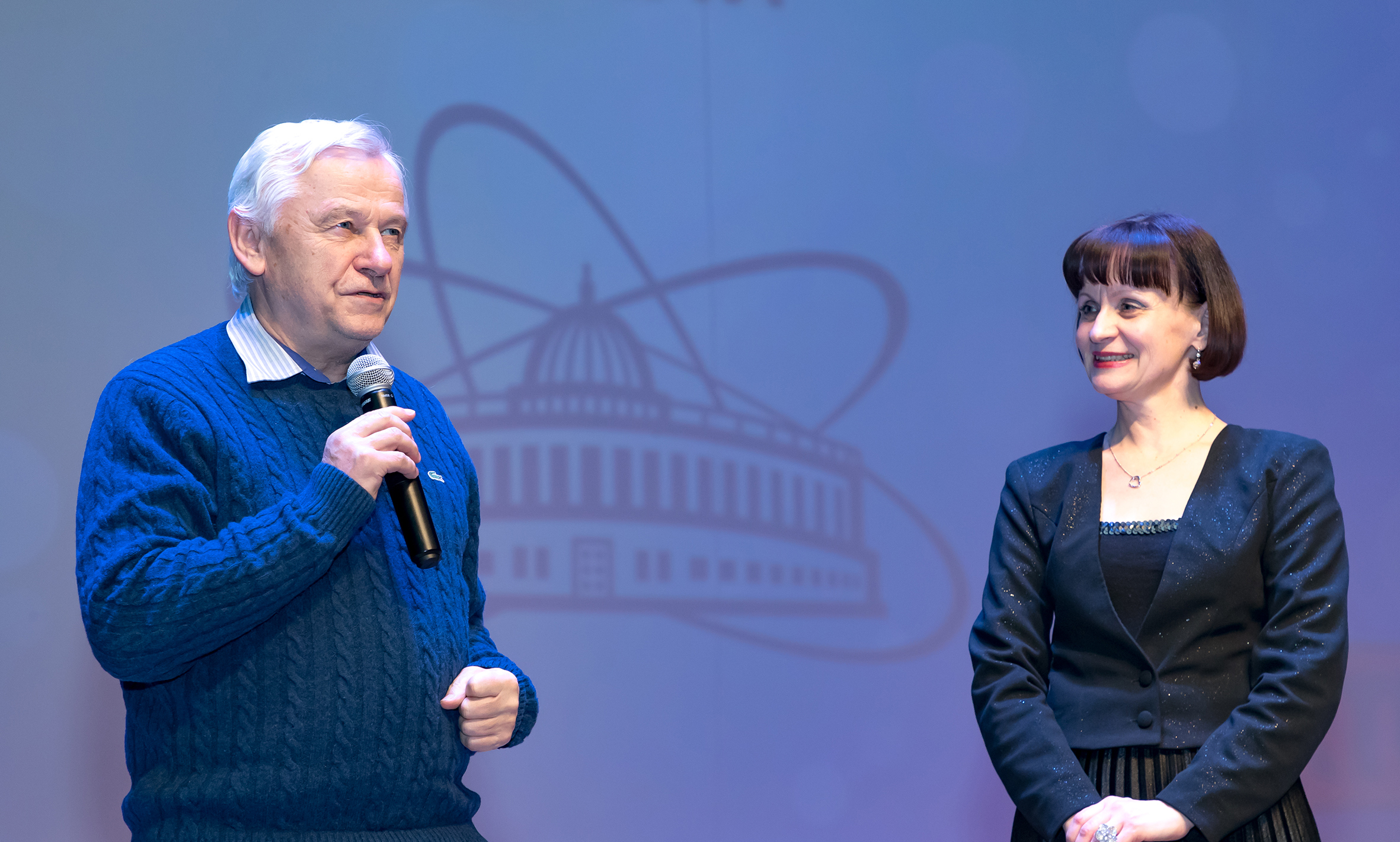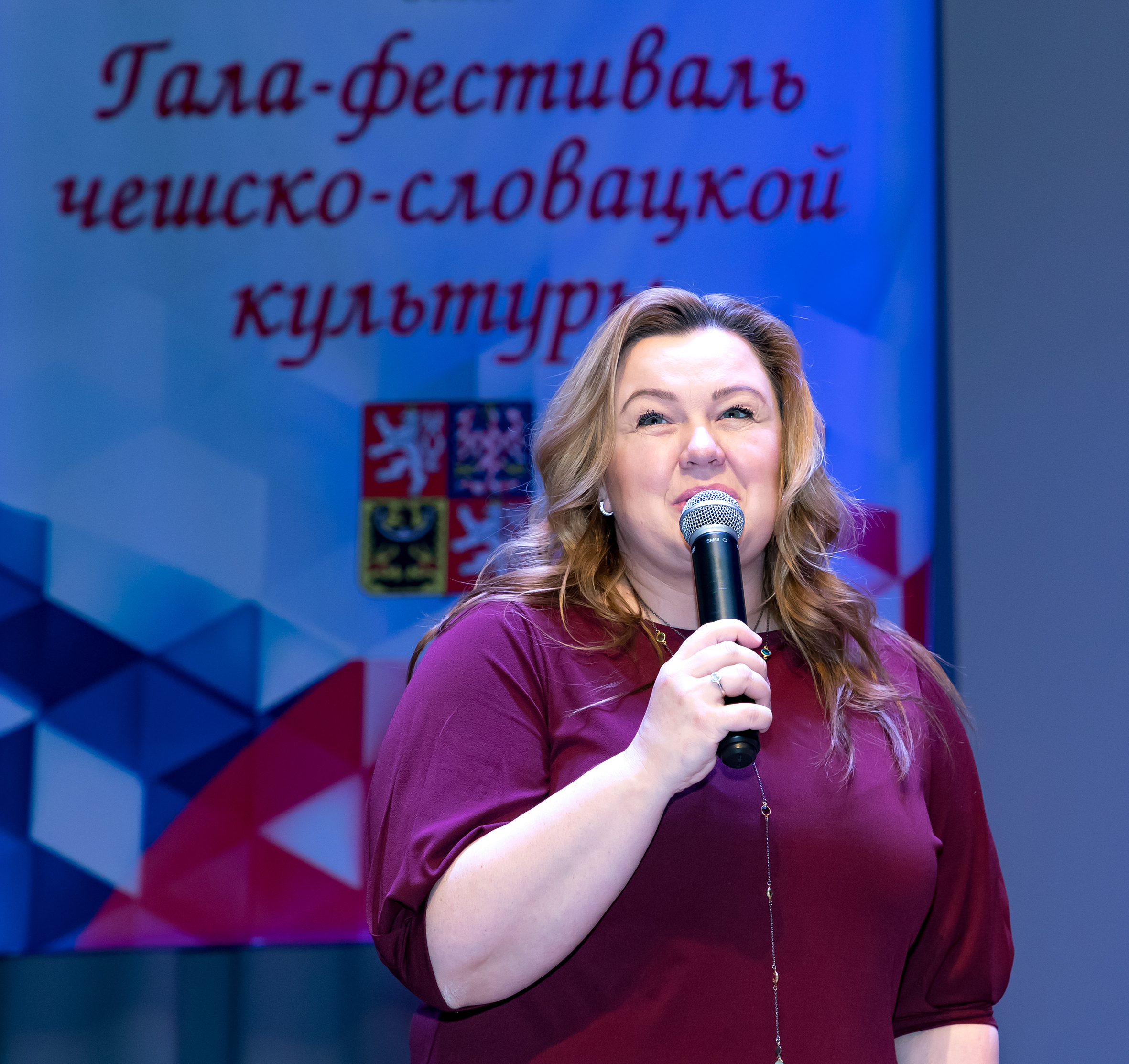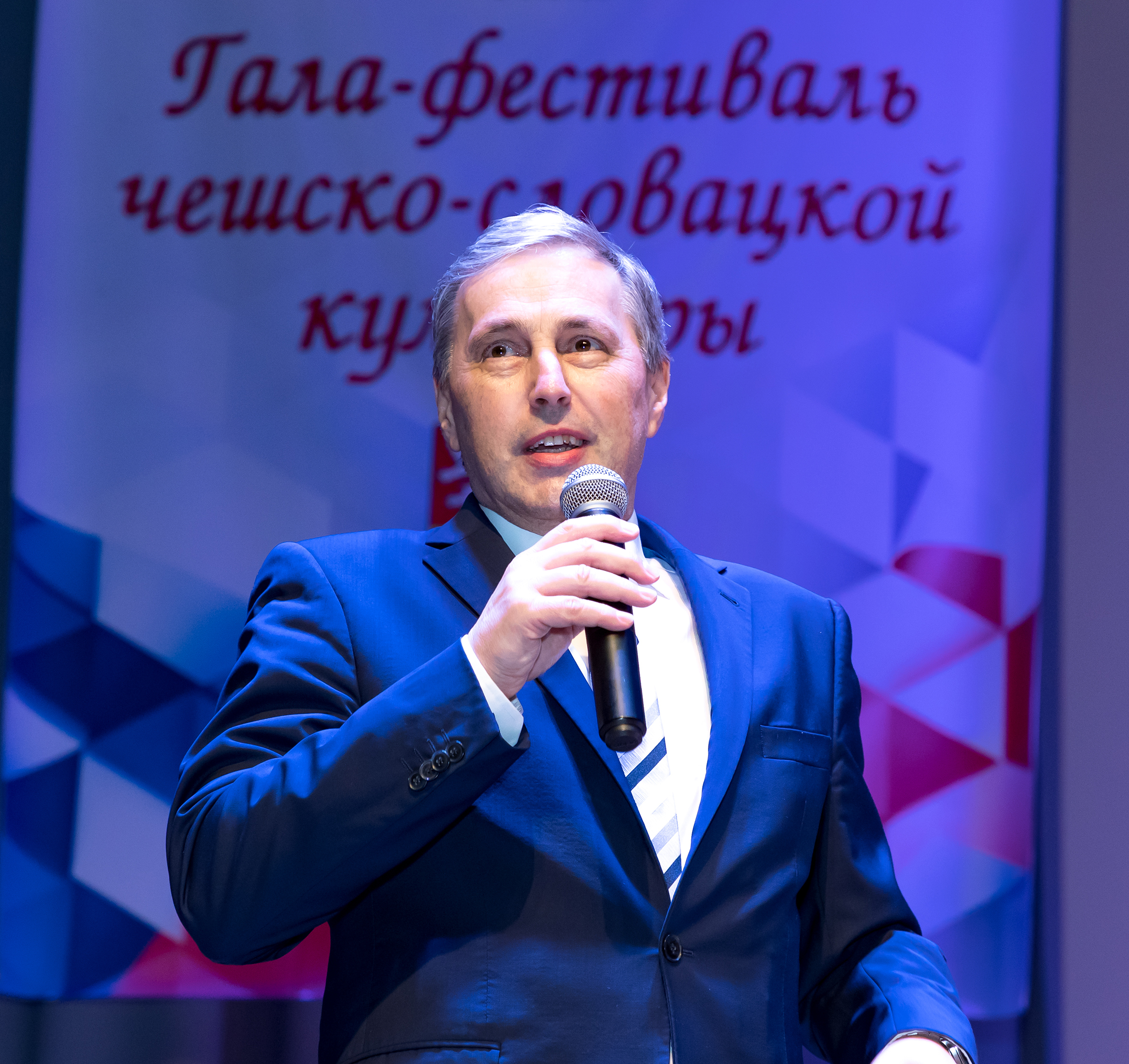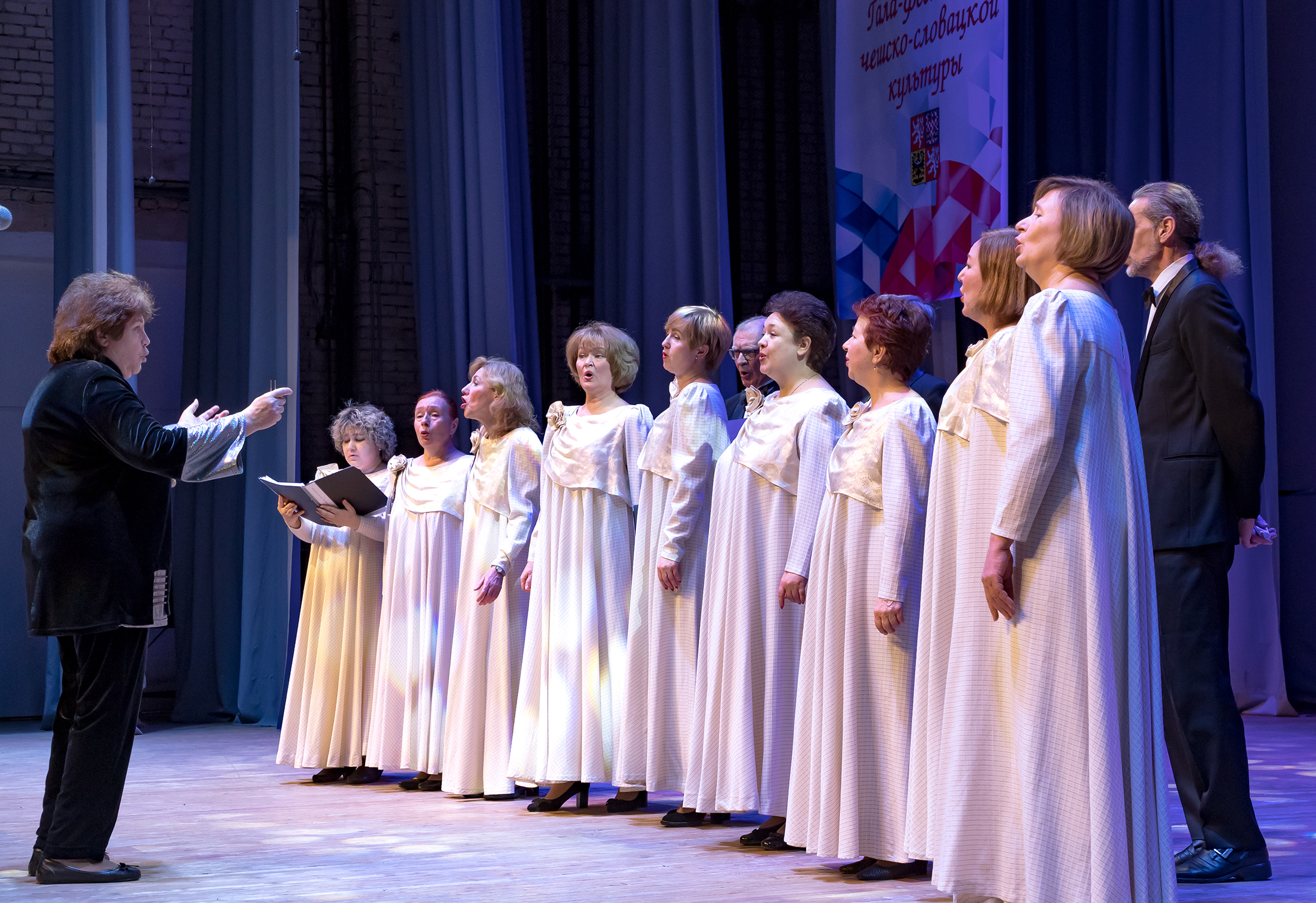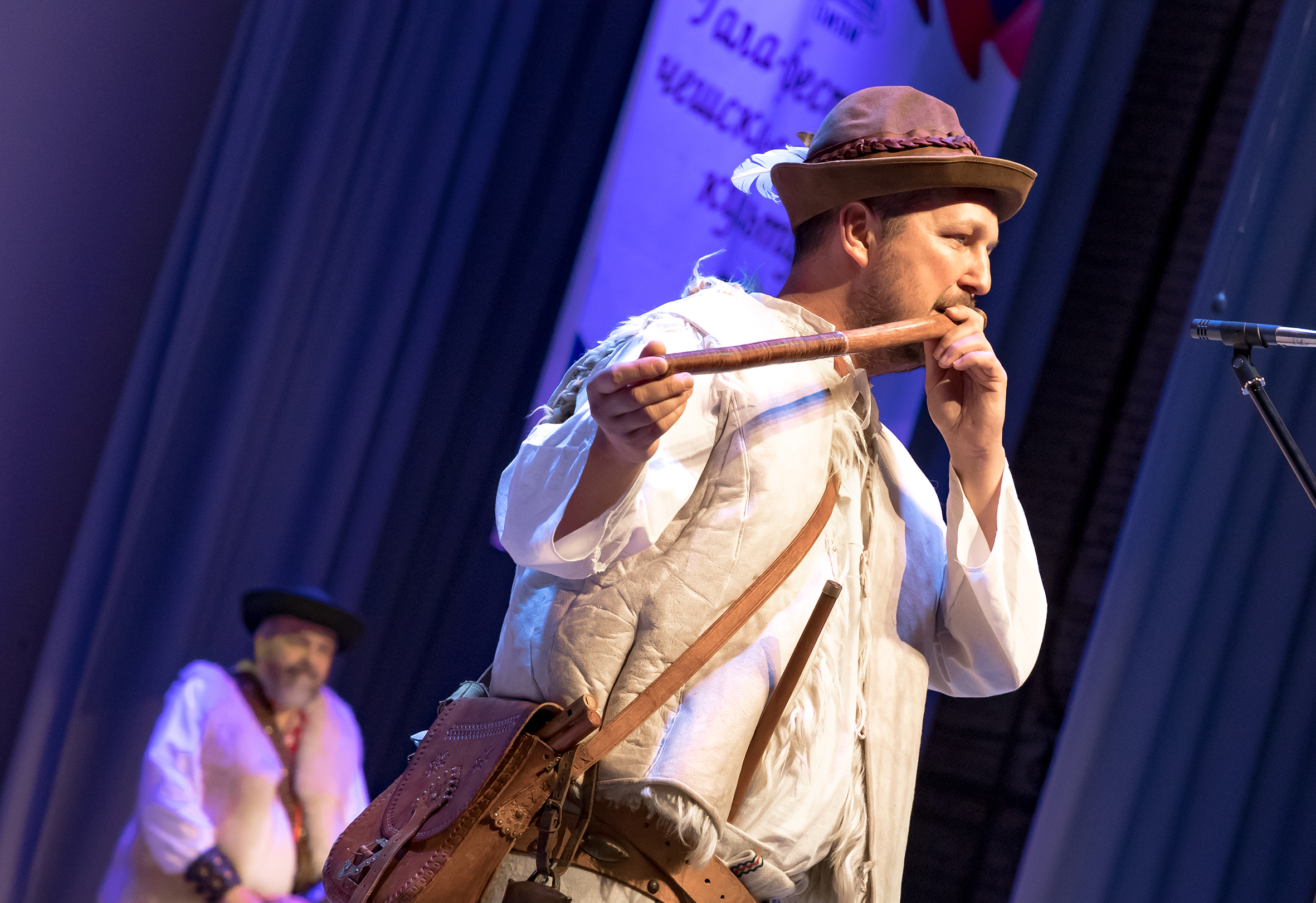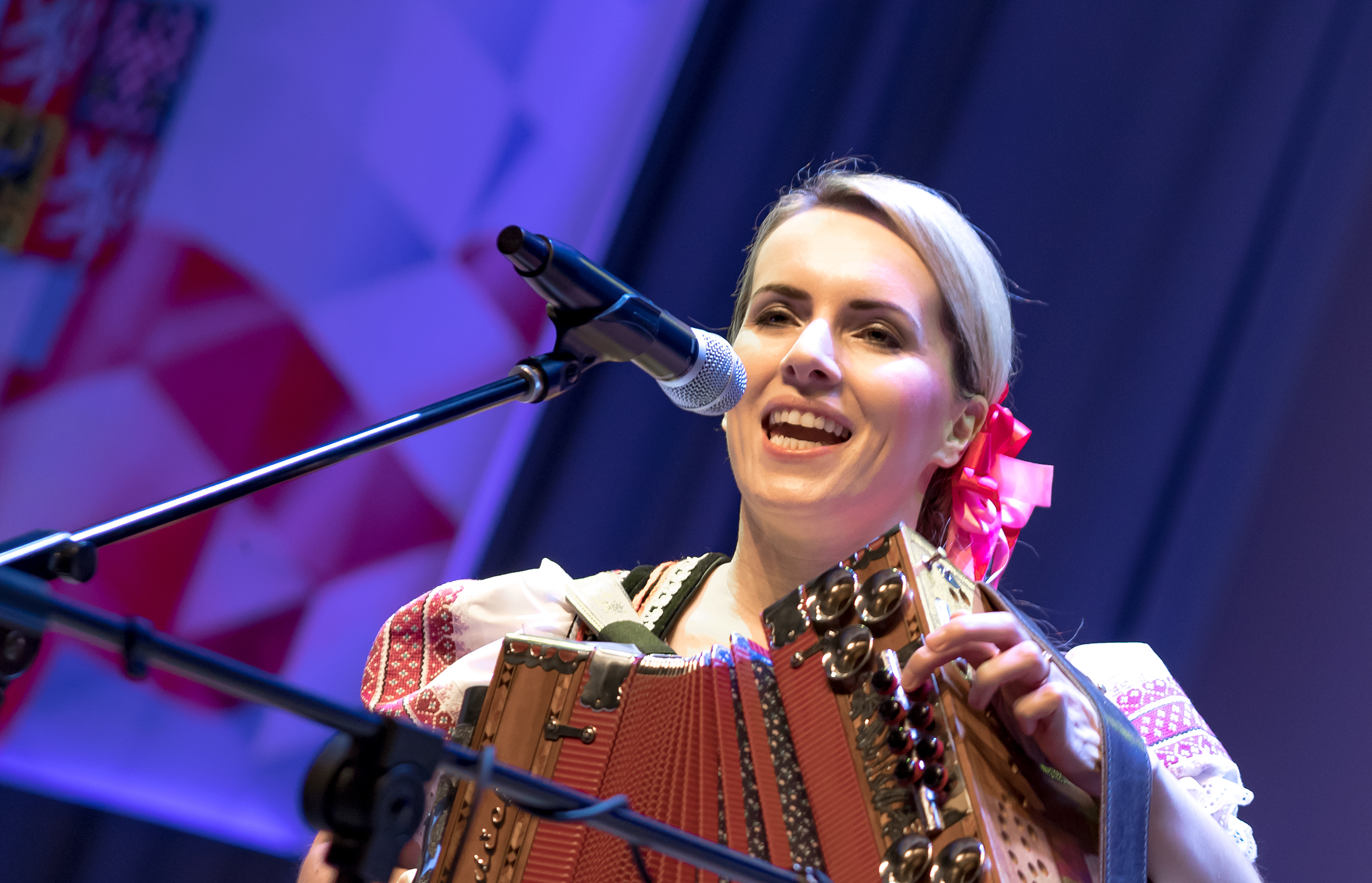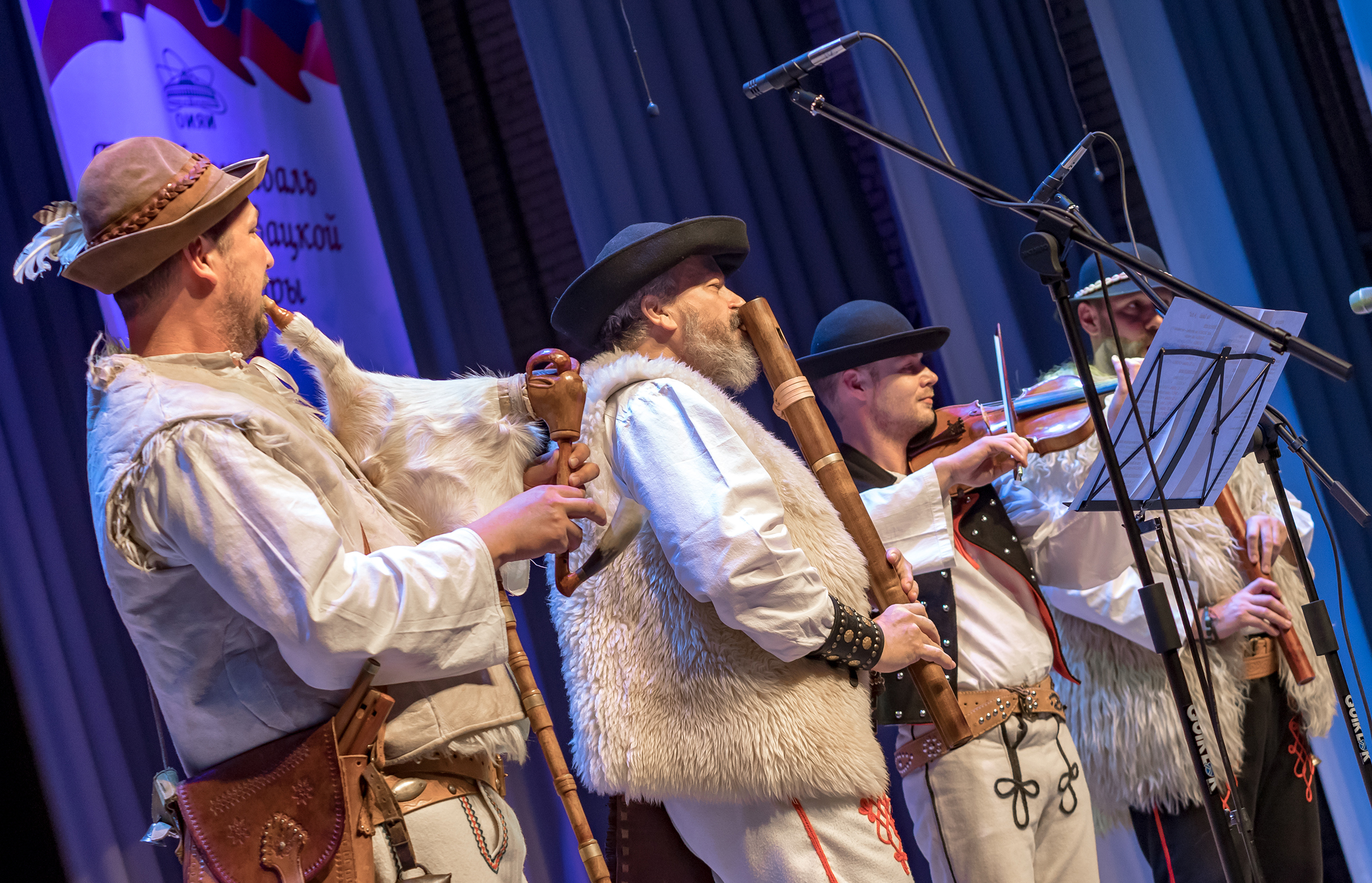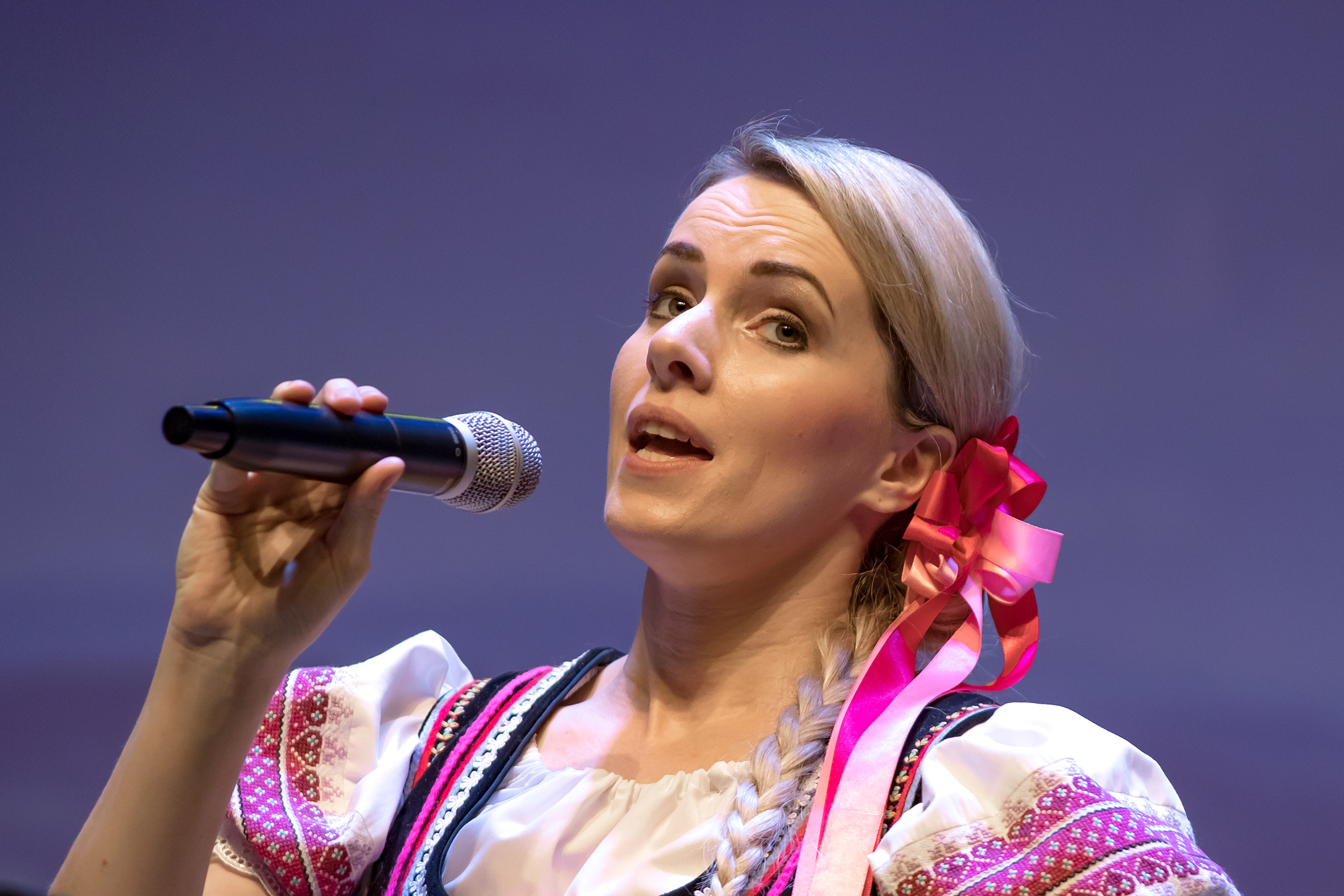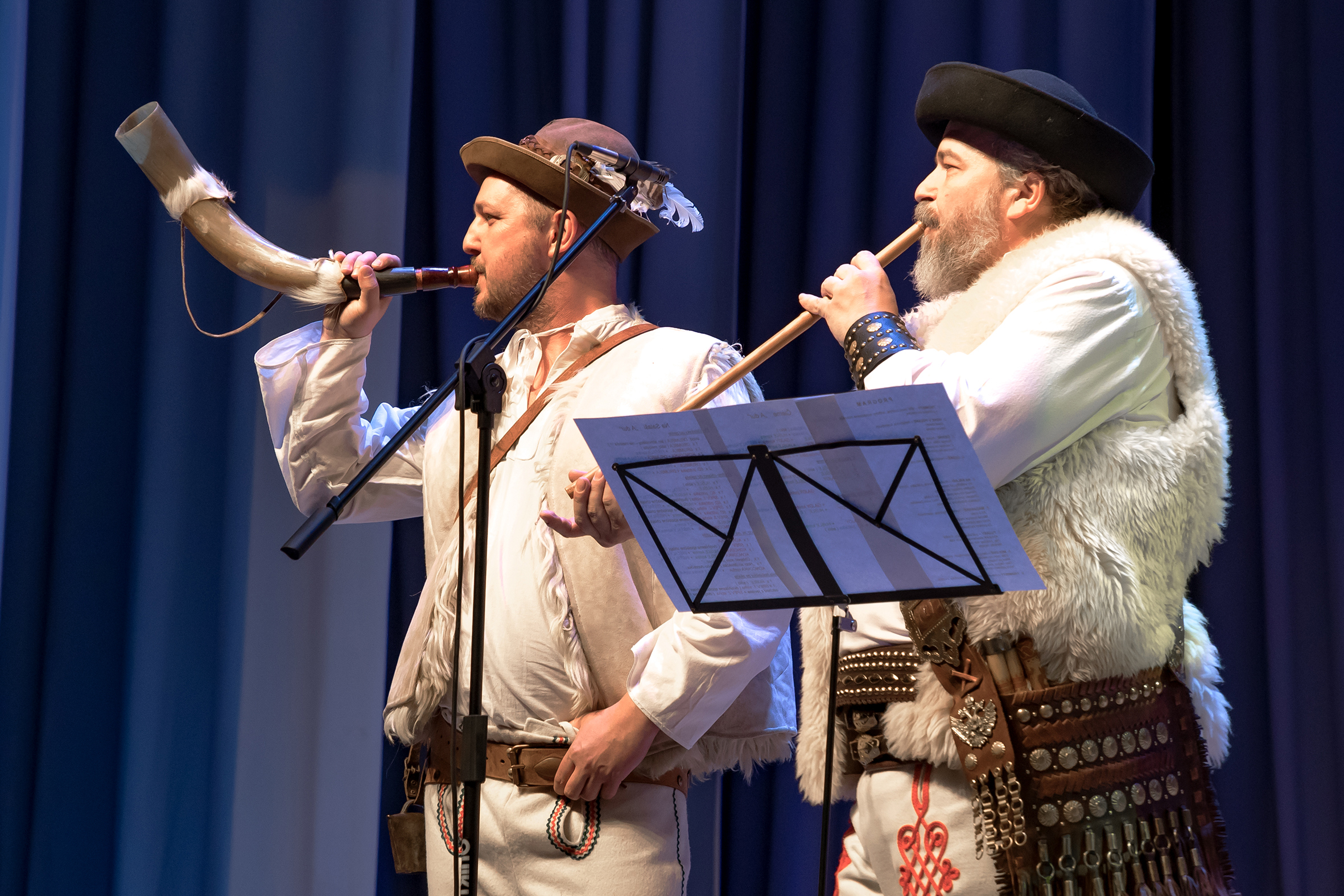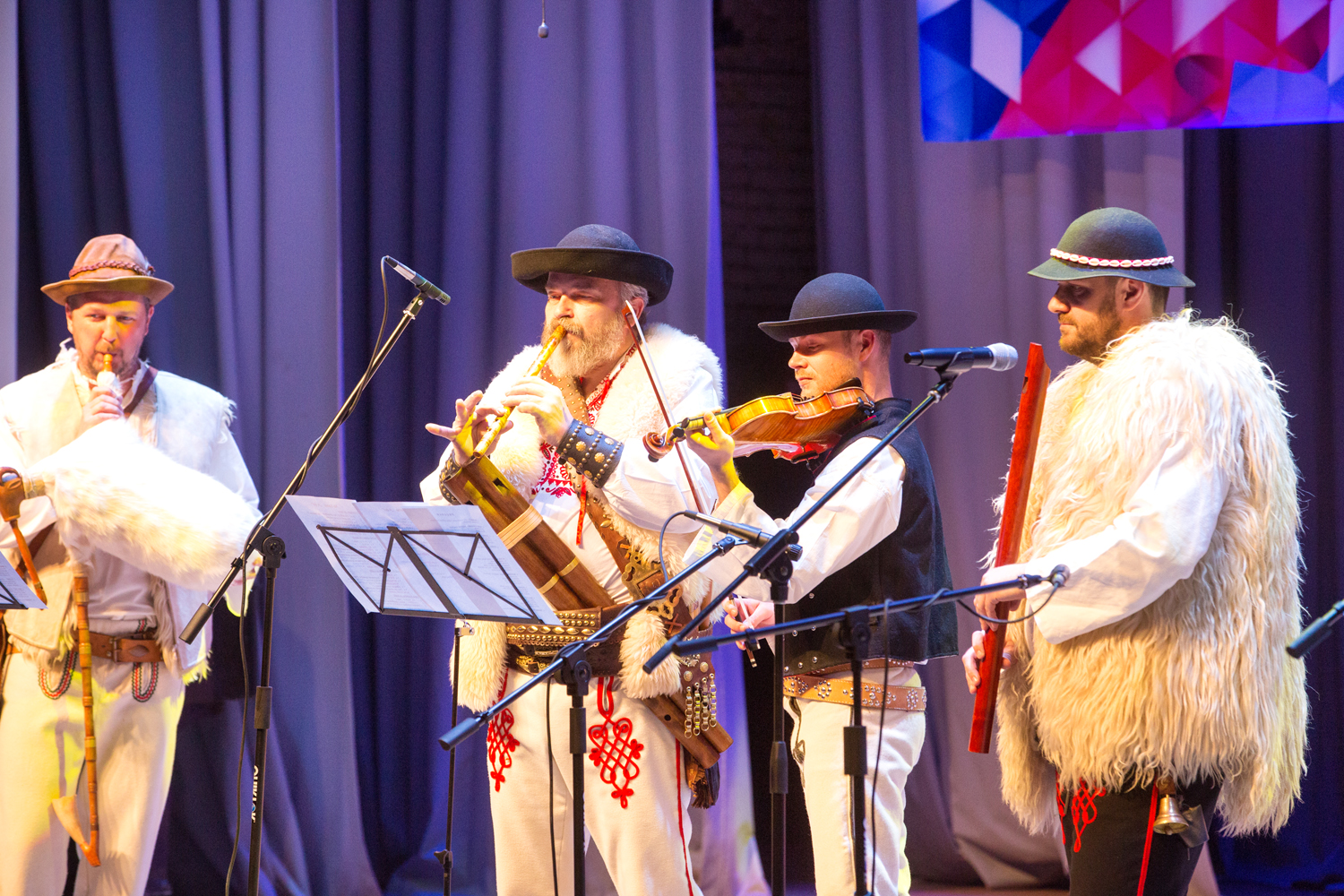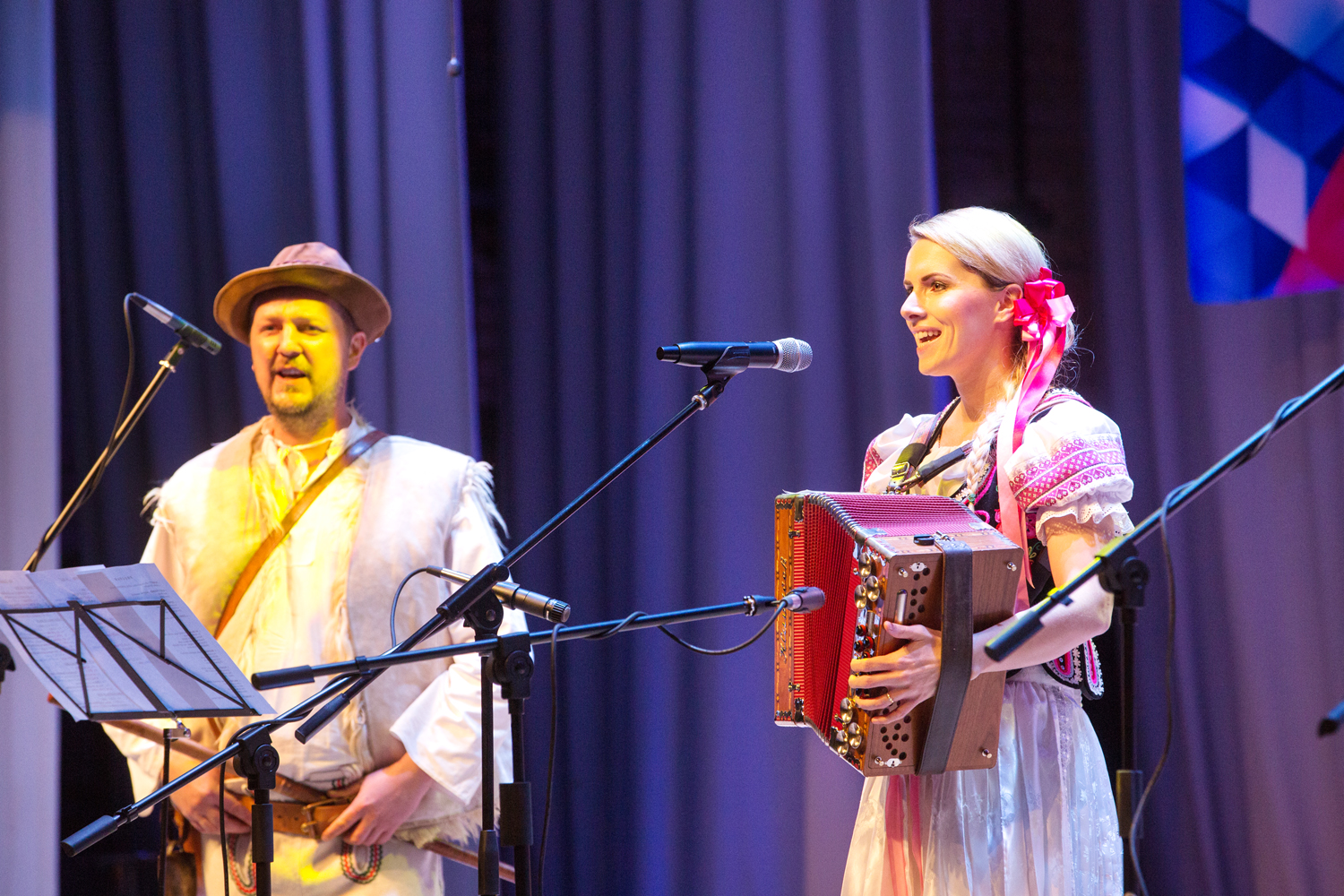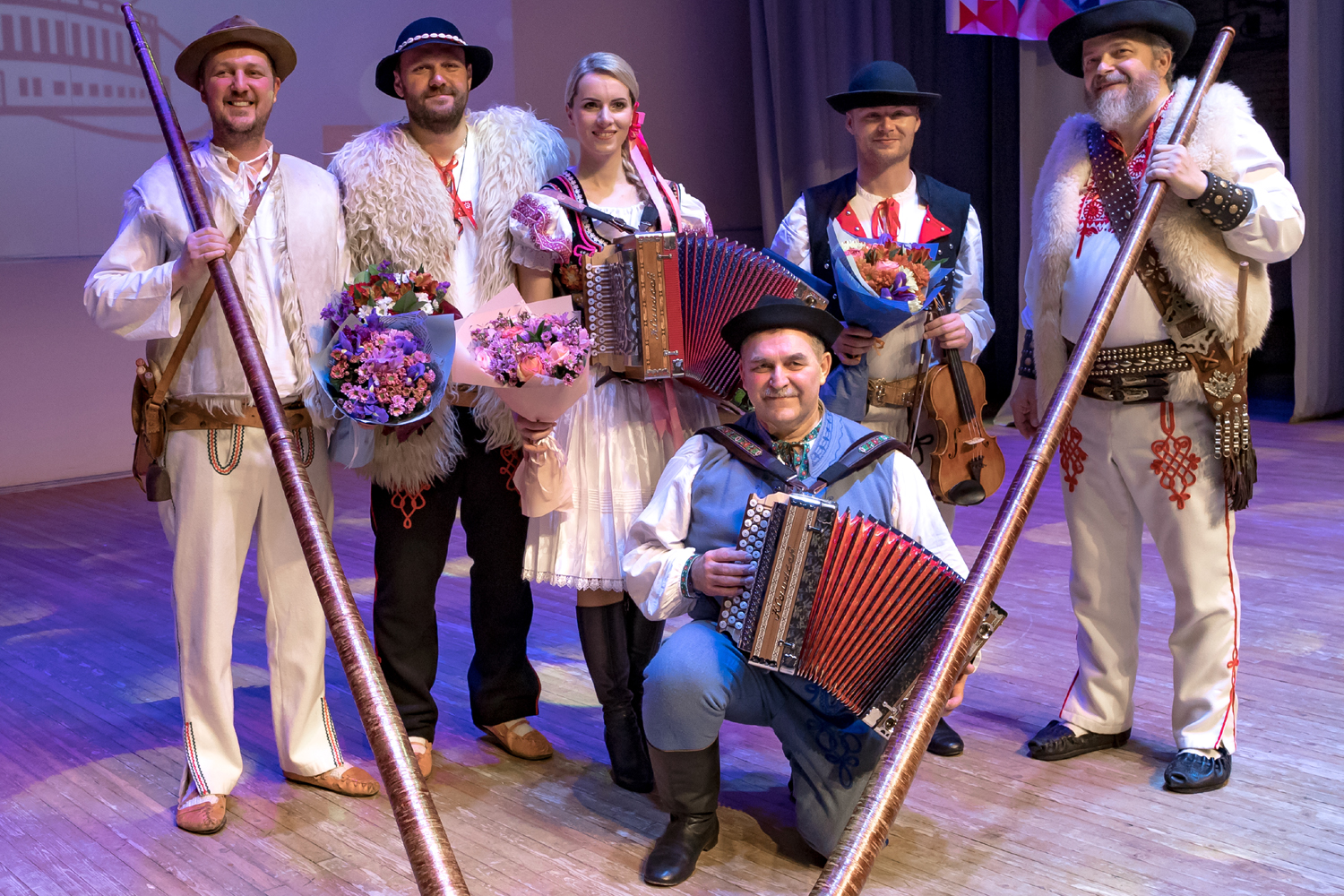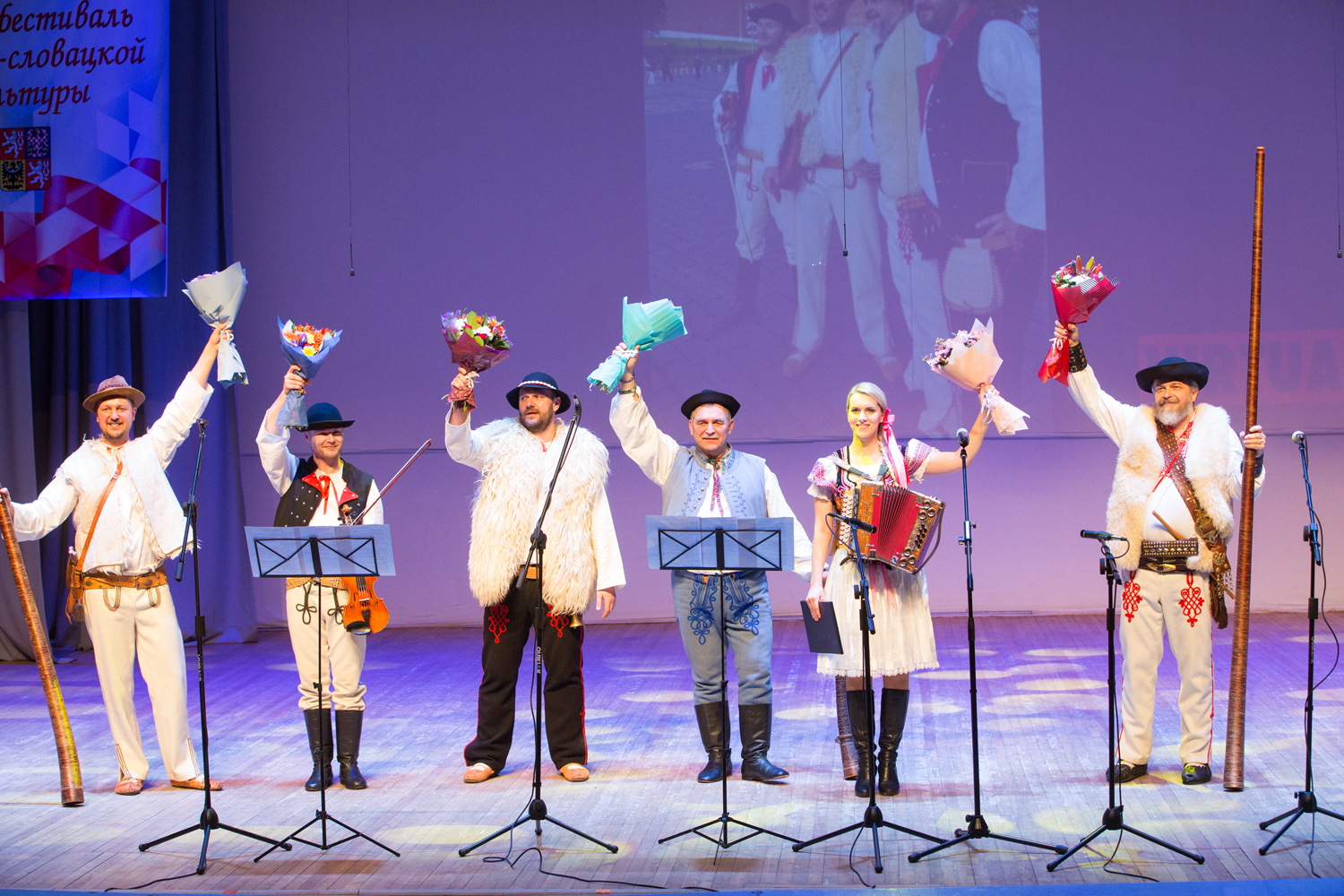Warmth and energy of creative teams
Culture, 20 February 2019
On 15 February 2019, the gala-festival of Czech and Slovak culture was held in the JINR Cultural Centre “Mir”.
It started in the exhibition hall of the Cultural Centre where two art exhibitions were presented: watercolours “Three days in Prague” and illustrations for children’s books “12 worlds” offered by the Czech Cultural Centre in Moscow. Moreover, Dubna citizens were acquainted with the exhibition of one book “The Good Soldier Švejk” by Jaroslav Hašek from private libraries; 10 satirical aphorisms of the brave soldier were presented. There was also the exhibition of books gifted to the JINR Universal Public Library by their authors as far as the international books giving day had been celebrated on the eve of the event.
Aquacolours depicting famous places of interest of the Czech capital created a romantic atmosphere while the “12 worlds” exhibition presented 12 unknown to the Russians new-generation illustrators who create fascinating characters in their personal style. I liked the works by Galina Miklinova who is not only an illustrator but also a stage director, an artist and a scriptwriter of cartoons. She created several cartoon films and illustrated 20 books including very famous ones such as “Vombat Jirka” by E. Papoušková and the trilogy “Sockeaters” by P. Šrut. You can learn who they are from the quote on the website of G. Miklinova: “We remembered with Pavel Šrut what we were afraid of in our houses when we were children and what we are afraid of now. Among dusters, bottlers, ifers and other monsters something steeling people’s socks emerged. This is how sockeaters were imagined.”
The atmosphere of the children holiday was continued by the staff of the Universal Public Library who organized a quiz for children after which they could jump over the Czech jumprope. Preparation to the upcoming concert of the Slovak folklore band included presentation of the exhibition devoted to Slovak national musical instruments. It was offered by the Slovak Institute in Moscow. It was exciting to learn that the instrument we saw later on the stage was not a melodeon as we could imagine. It was a heliconka, a reed idiophonic instrument with the bass sound system. That is why it was called so, for the similarity of its basses to powerful sounds of metal air instrument “helicon”. The “Grupa mocnego uderzenia” ensemble from the Slovak city Čadca uses various national wind- instruments, and the concert gave an opportunity to enjoy the beauty of their sounding.
JINR Vice-Director R. Lednický, representatives of the Slovak Embassy in Moscow and the Czech Cultural Centre welcomed the audience in the large concert hall of the Cultural Centre. An organizer of the event from the Czech national group in JINR Pavel Dognal spoke a little about Jaroslav Hašek, a “man everyone knows about”, his life in Russia. Hašek came to our country with Austro-Hungarian army during the World War I after the capture. He joined the Czech legion, paramilitary troops who fought for the Entente, together with his counterparts. His knowledge of the Russian language rescued him several times. After joining Red Army, J. Hašek fought, agitated, was a commandant of the city of Bugulma, edited and issued various newspapers, including the first in the world newspaper in the Buryat language.
The concert part of the Festival was opened by creative ensembles of Dubna: the “Belcanto” academic choir of the Cultural Centre “Mir” that performed a Russian folk song and a Slovak polka and the children’s dance band of the Centre of children’s art “Cheerful academy” (orig. “Veselaya academia”. Then, musicians of the Slovak ensemble won the full attention of Dubna citizens with their bright soloist Vlasta Mudíková who added to her performances heliconka. Folklore performances were accompanied with videos depicting architectural places of interests and natural beauty of the Slovak and Czech Republics. As Pavel Dognal wished, we were full of warmth and energy of the artistic ensembles after the concert.
Olga Tarantina, JINR Weekly Newspaper
Photos by Elena Puzynina and Igor Lapenko, JINR Scientific Information Department


